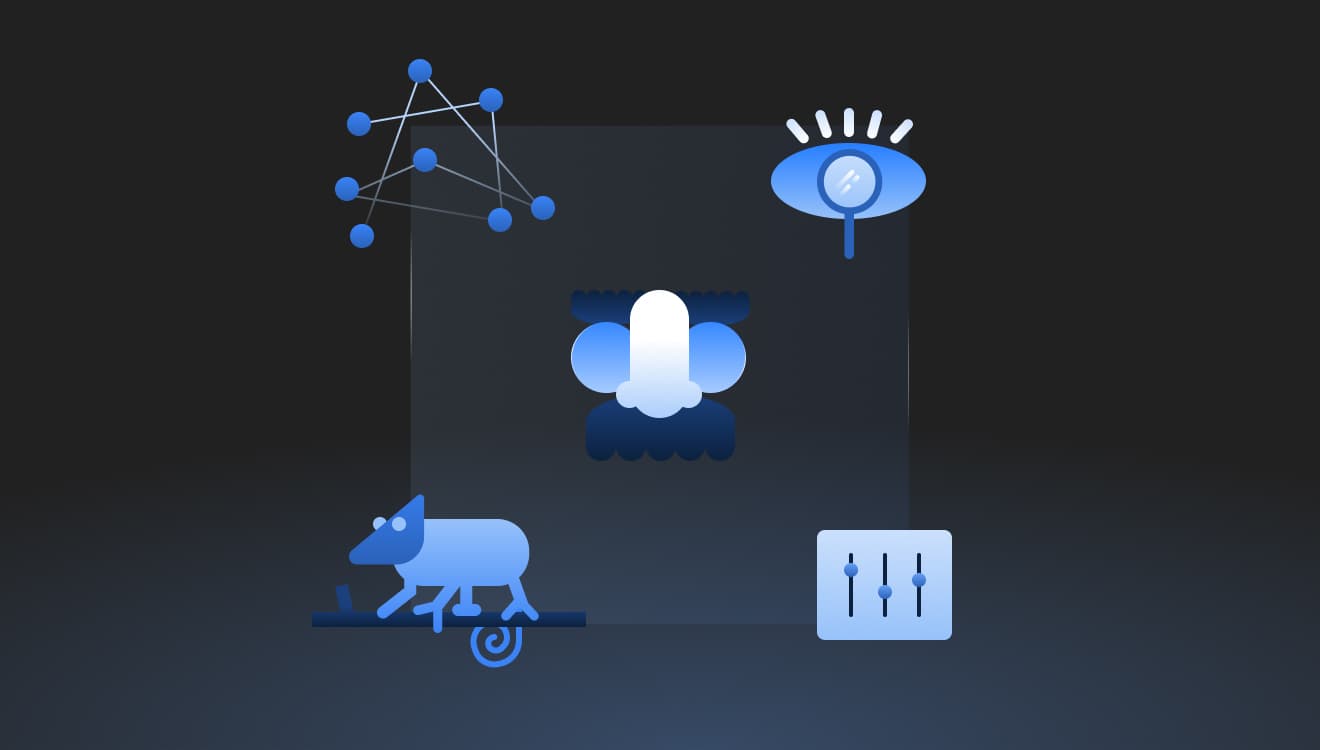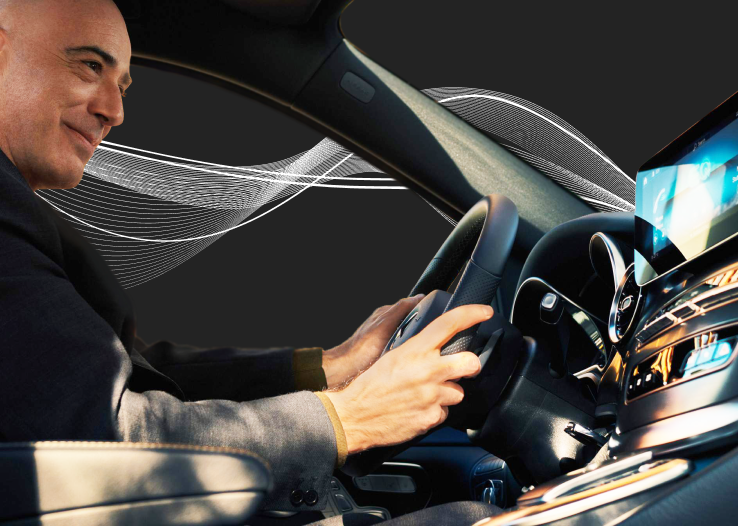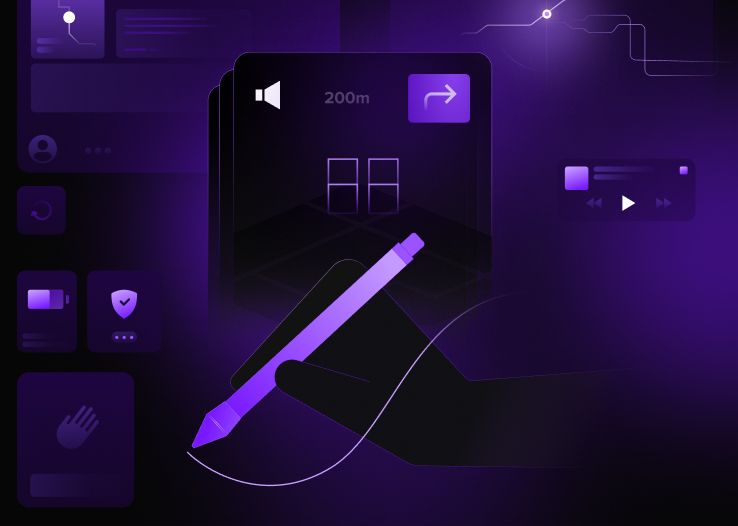When I was a kid, I was a great fan of Emma. She was a fierce, funny and adventure-loving friend. Did I mention she was a steam locomotive?
While Emma is just a fictional prop from a children’s book, it is easy to project a friendly personality onto inanimate objects. That applies to both kids and adults. For instance, have you never seen a face in a faucet?
On the other hand, machines can sometimes be intimidating. Boston Dynamics’ robot Atlas is a great example. It can run, jump and do backflips. Atlas is not confined to a closed-off factory, either; it is meant to mingle with us human beings!
Both Emma and Atlas are examples of cobots. The next questions are, what exactly are these robots, and what to consider for design?
What are collaborative robots?
The term collaborative robots comes from the word “collaboration,” which makes sense as their function is to produce or create something with someone. In other words, they are robots specifically designed to interact directly with humans.
The human-robot interactions can boost performance as the two share the workload. While there is plenty of automation in this relationship, there is also a lot of human intervention. The robotics engineering team decides whether automation will be full or partial, based on its purpose.
Collaborative robots, often simply called cobots, are “the latest generation of robotic systems, and they are intended to work alongside humans,” according to Forbes Magazine. There is a great spectrum of possibilities for collaborative robot design, from utopian to dystopian. It is this range that makes this area of robotics engineering so interesting for those working in the field.
When designing collaborative robots, a major consideration is their intended use. They are primarily in place to complement human users’ problem-solving skills and intelligence. The collaborative workspace can range from automotive to electronics, manufacturing, retail, and healthcare industries. The list is nearly endless.
Speaking from experience about cobots design
Over the years, I have had the great fortune to help design a few robot personalities. What follows below are five principles that helped me design cobots better.
Unfortunately, there are still very few successful cobots out there. Thus, sharing knowledge and successes is essential for advancing collaborative robots in automotive and other industries.
To best illustrate the collaborative robots design principles requires expanding the discussion a bit wider to include drones, virtual assistants, games characters and companion animals.
So, here we go with principle #1!

1. Don’t just look cute, be cute!
The intention here for the robot design is to give the cobot gentle or weak attributes to instill a sense of superiority in users.
To achieve this goal, your cobot should not look threatening. A car, for example, is a large, fast-moving bulk of metal. If they can act on their own, they are even scarier. (I guess this is why Stephen King wrote “Christine ” about a homicidal car). It’s no surprise then that Google designed their early self-driving car Waymo to look so needy. It is so ugly, simple and harmless that it hardly looks like a car at all. By the way, isn’t there the term “ugly-cute” for pets?
But, looks are not everything; it is also about how your cobot behaves. When Anki released Cosmo, a quirky small robot toy, they made sure to paint it a very bright white. Presumably, it was only after Cosmo’s great success that they dared make its successor, Vector, a less friendly black model. Also, gentle motions make a gentle character.
Another example is Panda by Frank Emika. This robotic arm is engineered to respond very softly to touch, protecting its co-workers while also coming across as considerate and benevolent.
When it comes to behavior, the great question remains, “who is the boss”? Users can get a feeling of power by having physical control over the cobot. This emotion is easy to encourage when the collaborative robots design is small enough that the user can carry it. Evoking a feeling of domination also applies to camera lids for Amazon’s Echo. When you can manually overwrite the software by renaming your Echo, you are definitely in charge. (Eat this, “Surveillance Barbie”!)
But cute looks aside, your cobot better be mindful of its core offering. That brings us to the next robot principle.

2. Stick to your home turf!
Make the cobot part of a service ecosystem with clear functions. The purpose is to meet users’ basic needs.
I was very excited when Jibo came out. The robotic engineering was beautiful on this cute bot for my home that could do virtually anything. But only a few years later, its makers went out of business.
Clearly, Jibo over-promised and under-delivered. That makes sense based on Gartner’s Hype Cycle’s assertion that “smart robots” are still five to ten years from productivity. But, there are still great opportunities available, if you pick your fights wisely.
Qoobo costs a mere fraction of Jibo, which isn’t surprising because it’s a pillow that wiggles a motorized tail. Yes, you read that right.
Evidently, users find it relaxing to cuddle a half-slumbering “pet” on their lap, without ever having to walk it or clean up its mess. This is very niche, but it’s also very affordable and successful.
Your collaborative robots in automotive or another sector might offer more hard functional value than wellbeing, like NIO’s Nomi. Nomi is a small robotic blob that sits on the car’s dashboard, helping and cheering up the driver.
Living inside NIO’s car makes Nomi the undisputed digital master of it, with no competitors having access. Similarly, Amazon’s Alexa is the mere tip of an iceberg made up of shopping and entertainment services.
It is easy to get carried away by so many functions. But your robot design better stays humble … which brings us to principle #3.

3. Show it’s just a machine!
Keep the technology obvious so that users can easily step in and out of the illusion.
Have you heard of the Uncanny Valley? It is that unpleasant grey zone where you cannot tell if something is human or not. Over the years, it has been the home of many scary clowns and evil sci-fi robots.
Your cobot should make an even wider bend around that place than KUKA’s iDo concept. While it’s obviously a machine, its proportions and physique are eerily human.
You might also consider revealing some inner workings of your cobot. The charm or credibility of your robot won’t suffer, as illustrated by Raven R.
It is essentially Baidu’s reply to Amazon Echo with beautiful body language. And haven’t you formed a connection with Disney’s WALL-E, even though he is just a pile of junk? Lastly, if you’re transparent about your cobot’s design, no one can claim it’s just a dressed-up actor, like this supposed Russian feat of engineering.
Also, think about how users will talk to your cobot. A lot of parents were concerned, for example, when they heard their kids boss Alexa around. This worry prompted Amazon to release a “polite mode” that only works if users practice basic kindnesses.
Another way to avoid contaminating inter-human communication is to invent a rudimentary language. A traditional German woodworker, for example, might direct their workhorse with fantasy worlds, such as hott or wüst, instead of rechts or links.
So, your cobot might be a machine, but this does not mean it cannot have a credible personality. A believable personality is what principle #4 of successful robotics engineering is all about.

4. Stay in character!
Find metaphors for all situations so that users can have a coherent mental image of the cobot.
For one reason or another, your collaborative robots design won’t be perfect. So, why pretend otherwise?
Google Assistant uses humor to sidestep shortcomings in an imperfect world. When you ask it to clean your room, for instance, it might reply “Let me try… Did anything happen? Sorry, I guess I can’t.”
Another limitation might be your device’s energy level. Take Paro as an example. Paro is a robotic seal that dementia patients pet and cuddle for relaxation. When its batteries are empty, it recharges through a pacifier in its mouth, adding to its cute appearance.
Another challenge to the illusion of your cohort as a life form might happen when reprogramming your cobot. Remember that creepy “Turn out your cheek” command in the show Westworld?
One way to avoid this blunder is by using physicality as an input. Sawyer is an industrial robot arm by the recently rebooted Rethink Robotics. When a user calibrates Sawyer for motor tasks, users simply move their arm to wherever it needs to be. Who needs a computer anyway?
Still, your cobots design is made up of software and hardware alike, and it can do what we can’t: leave its body behind. So ask yourself what your cobot’s “spirit” might look like when it migrates onto the screen.
For example, Siri always looks like Siri, whether it is on your phone, watch or HomePod. While no mechanical manifestation of her exists (although BMW’s wavy kinetic sculpture might be close), I can’t wait to see her floating in virtual space or AR as a sentient haze.
Once you have a recognizable character in place for your collaborative robots in automotive or elsewhere, it is time to reach for the stars. So, last but not least, here comes principle #5.

5. Foster emotional bonds!
Let users develop a long-term relationship with the cobot, so they are more satisfied with it.
Robokind helps children diagnosed with autism improve their inter-human communication skills. Some people might think of the uncanny valley when it comes to this cobot’s facial design; in other words, the object’s resemblance to a human being evokes emotional responses to it. Others might even find similarities with Chucky the killer doll. But Robokind stays positive (and very successful) no matter what. And isn’t it this unconditional attention that people love in their dogs too?
While E.T. is an alien and not a machine, I simply love how his heart glows when he gets emotional. That is also what the makers of (now out-of-business) Kuri must have thought when they embedded a LED in his translucent chest. This robot design creates an effect of vulnerability and intimacy that reserves itself for special moments. By contrast, when a user tells Siri, Alexa or Google Assistant “I love you,” all of them shy away from replying “I love you too.” It appears that machine love is best not put into words.
Still, our love for artificial characters can go very far. Sony stopped producing its first Aibo robot dog in 2006. After that, when it broke, its owners had to say goodbye forever.
This loss gave rise to a dedicated robot cemetery near Tokyo. If you think this is an exclusive far-eastern phenomenon, read through this gamer’s feelings of loss when his virtual horse got killed.
But where there are funerals, there are also weddings. As early as 2009, a gamer “married” a character from a virtual dating game called Loveplus. Similar ceremonies followed afterward. Thus, consider preparing your cobot for the entire lifecycle of a relationship.

Takeaways from the cobots design principles
So, these are my five principles of cobots. As I said in the beginning, they rely on diverse examples. But should you ever have a chance to design your own cobot, I encourage you to seek even more far-fetched inspiration. It will be these outlandish stimuli and metaphors that will help us all explore this exciting new domain.
In closing, there may be many ways that robots can turn out badly for humankind. But I doubt that we are doomed if we treat cobots kindly. In fact, today we treat many parts of our environment like soulless objects — animals, eco-systems, even other human beings. Instead, wouldn’t it be much healthier if we could find something relatable in all that surrounds us?
I think so. And, I suppose, so does Emma, the friendly steam locomotive.







